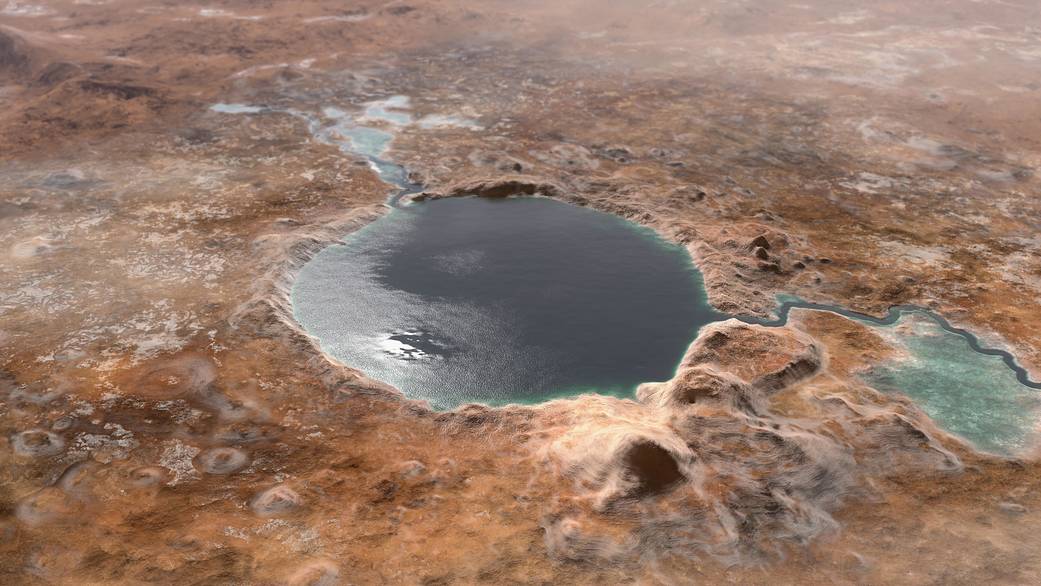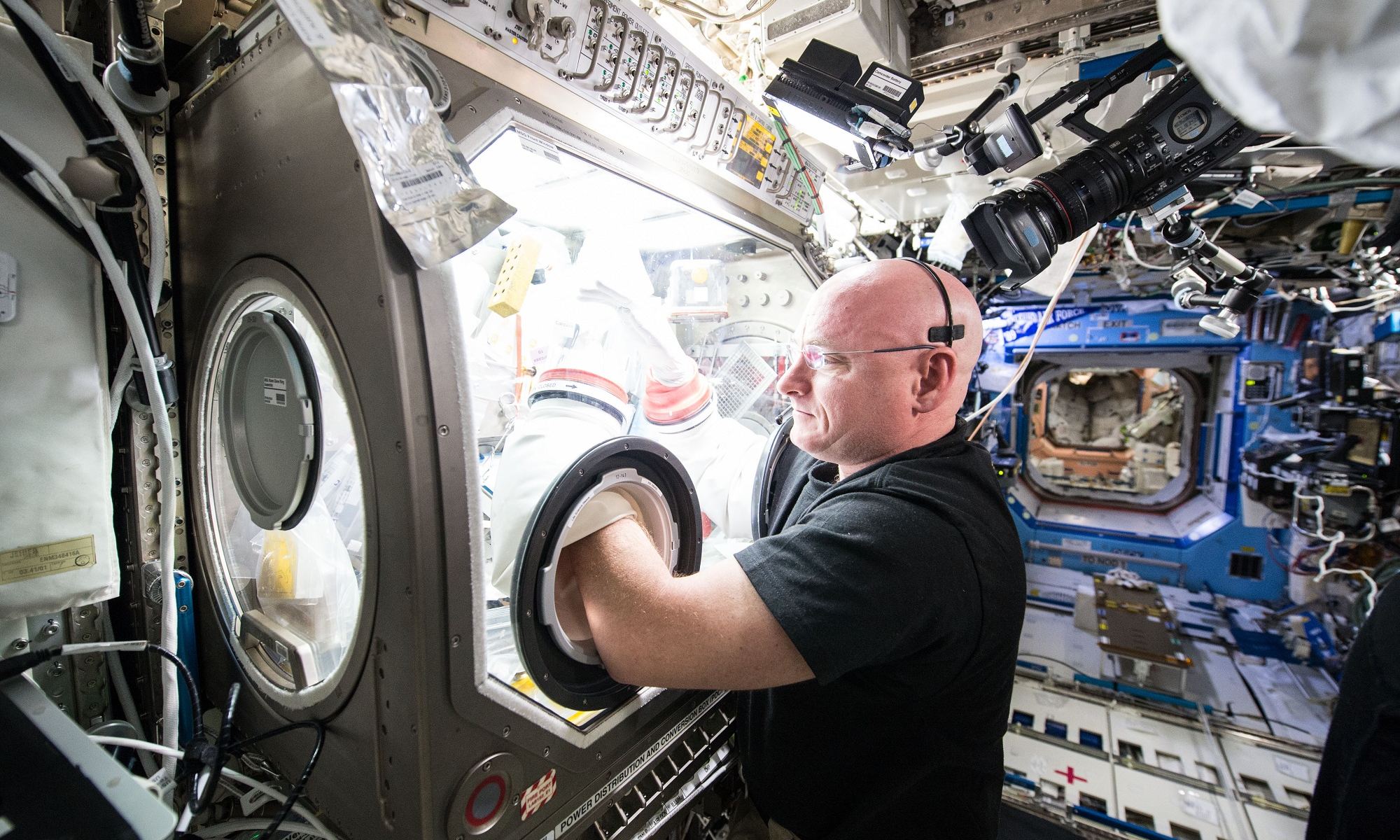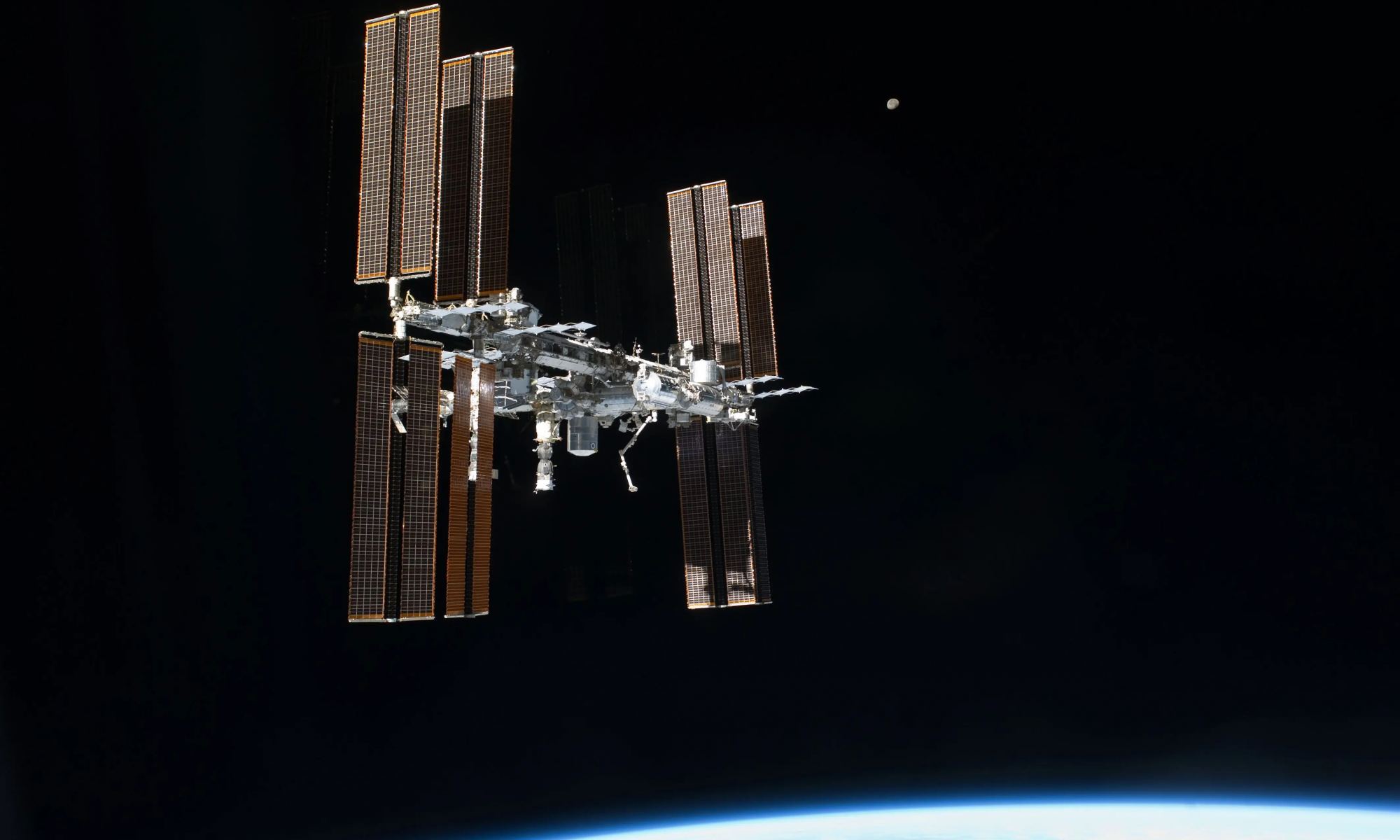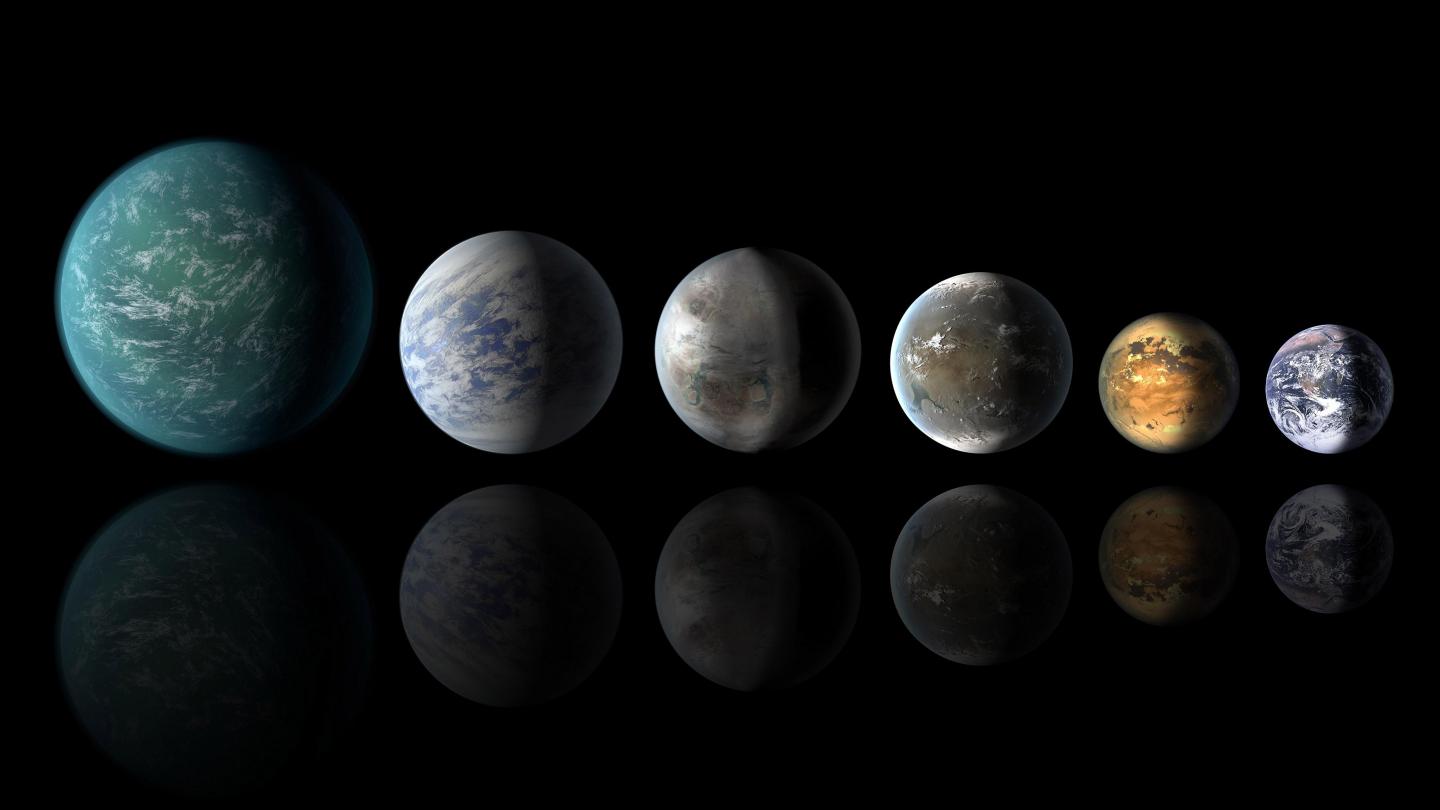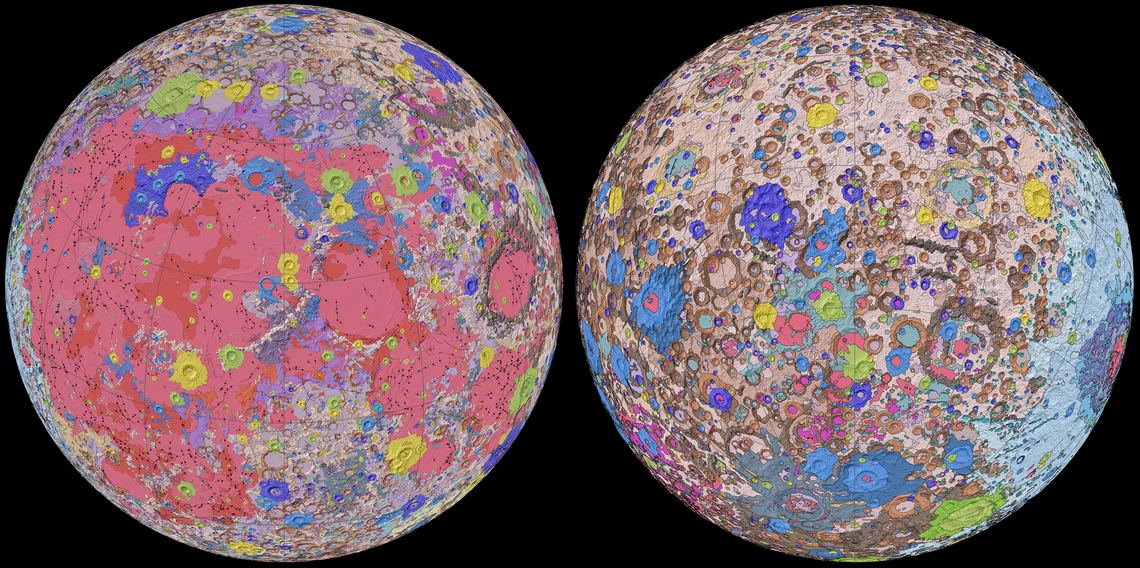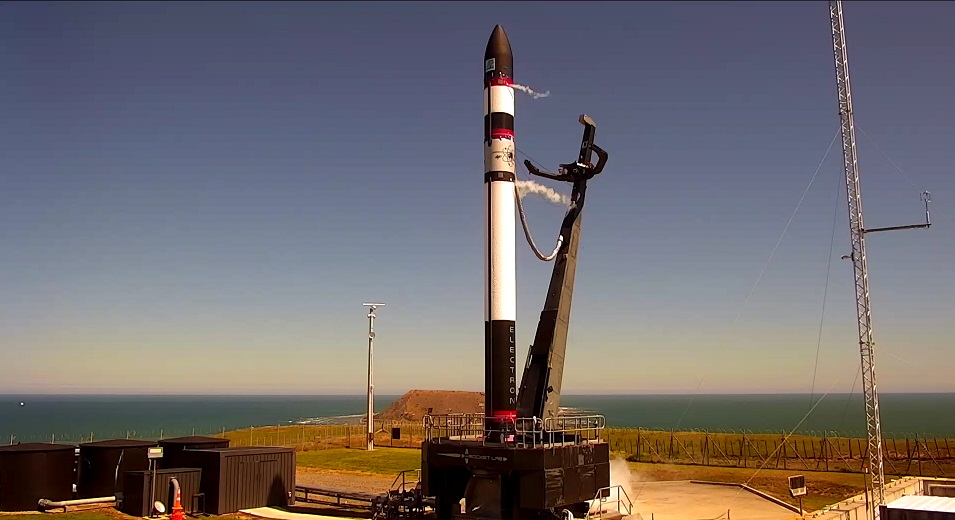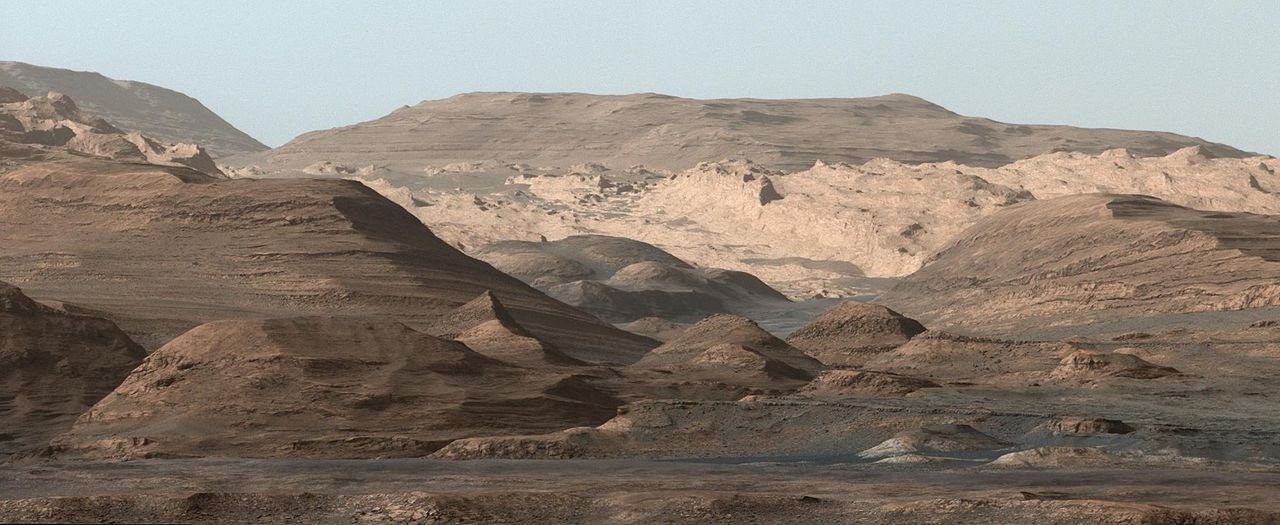In 2013, the European Space Agency (ESA) deployed the Gaia mission to space, a next-generation observatory that will spend the next five years gathering data on the positions, distances, and proper motions of stars. The resulting data will be used to construct the largest 3D space catalog ever, totaling 1 billion stars, planets, comets, asteroids, quasars, and other celestial objects.
Since the mission began, the ESA has issued three early releases of Gaia data, each of which has led to new research findings and more detailed maps of our galaxy. Based on the third release of mission data, known as Early Data Release 3 (Gaia EDR3), astronomers have created a map of the entire sky that includes updated data on celestial objects and manages to capture the total brightness and color of stars in our galaxy.
Continue reading “This is Not a Photo of the Milky Way. It’s the Map of 1.8 Billion Stars From Gaia’s Major New Data Release”

